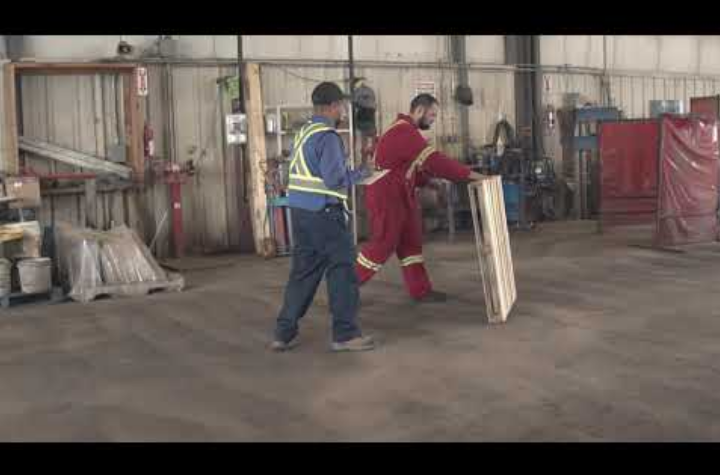As I completed my research for a safety moment that I completed earlier in March, I found it to be quite concerning how catastrophic the impacts of fatigue really could be. Now, the safety moment I provided lightly discussed the various symptoms of fatigue – as there are many – as I wanted to focus on the impacts of one symptom in particular, which at times, I believe, can be overlooked.
You see, our industry, the transportation industry, is fortunate to have a number of extremely hard-working professionals. Professionals who have the ability to make things happen even when the odds may be against us. To be honest, I believe one of the most genuine compliments a professional can receive is their ability to work hard and push through challenges.
When we stop and think about the impacts of working hard for prolonged periods of time, I think the outcome is not always as pleasant as we had hoped when we first got started. One would hope the only outcome of hard work would be success and satisfaction. But in my experience, and others I am sure, that is not the only consequence of our efforts. After long hours for extended periods, our bodies and minds will progressively experience symptoms of fatigue which, as a result, may lead to actions resulting in serious or potentially life-altering injuries.
When I stopped and asked myself, “what is fatigue”, I came up with a few different answers. My answers and understanding of fatigue are likely to be different than others, as this would depend on whom you are speaking to.
For example, a safety professional of 30 years would probably have a more scientific explanation than my own. They would probably explain fatigue has several symptoms, such as tiredness or sleepiness, sore and weak muscles, and slower reaction times and can prohibit the ability to react at all. But if you were to ask a newly licensed professional driver to define fatigue, they may provide you with a more simplistic answer, such as “you would be tired”.
I am sure as you are reading this article, you may even be experiencing one or more symptoms of fatigue, by simply being tired, and feeling like a mid-day nap would be great right about now. With the recent time change in Alberta, along with other provinces, I know I have been feeling the symptoms of fatigue and have been relying on that extra cup of coffee each morning.
I encourage all of us to monitor a symptom that in my experience, is not talked about nearly enough, but when felt, has challenging consequences. The symptom I am referring to is our mood, and the negative impact fatigue can have on such.
The mood can be defined as “a state or quality of feeling at a particular time”. At this particular time, we continue to face unprecedented challenges. As we pass the year mark of the pandemic, I find it harder to find uplifting news on any platform. Over the last handful of months, I have observed a number of colleagues and professionals in my network, putting in even more hours to get the job completed, to help keep things afloat.
Naturally, one could assume these trials and tribulations could negatively impact one’s mood. But who knew just how costly a negative mood really could be?
In my experience, it is extremely difficult to shake off a negative mood. When your mind feels heavy, even the smallest of tasks becomes difficult. Tasks, such as cleaning out the cab of the truck after your trip, completing documentation properly, or moving that tangled up extension cord multiple people have already walked over because no one could be bothered to do so. In your workplace, I am sure you could think of similar examples, where even the smallest task goes uncompleted because someone could not be bothered to do so.
With this in mind, a negative mood can, in fact, create a culture of inaction and may become uninterested in acting because we just do not feel like doing so. When a culture of inaction sets in, and an unsafe condition exists, the stage has been set for a potential incident or tragedy to occur. How do we look out for each other to overcome a negative mood?
First and foremost, before an incident or tragedy occurs, we, as leaders in our organization, need to own the fact that it is our responsibility to ensure we provide the safest workplace possible. In order to help others overcome a negative mood, we ourselves need to be in a good state of mind. If you identify in yourself that you feel extra tired, quick to answer, and possibly a little grouchier than more, I encourage you to take a break. Taking a break, even a micro-break, just long enough to take a deep breath, can do wonders for our mental health.
If you identify a colleague or employee in a less than pleasant mood, reach out. Now, more than ever, we as leaders need to show empathy and compassion. By doing so, we have the opportunity to not only resolve a near miss but to save a life.
Thank you,
Josh Hannaberry


